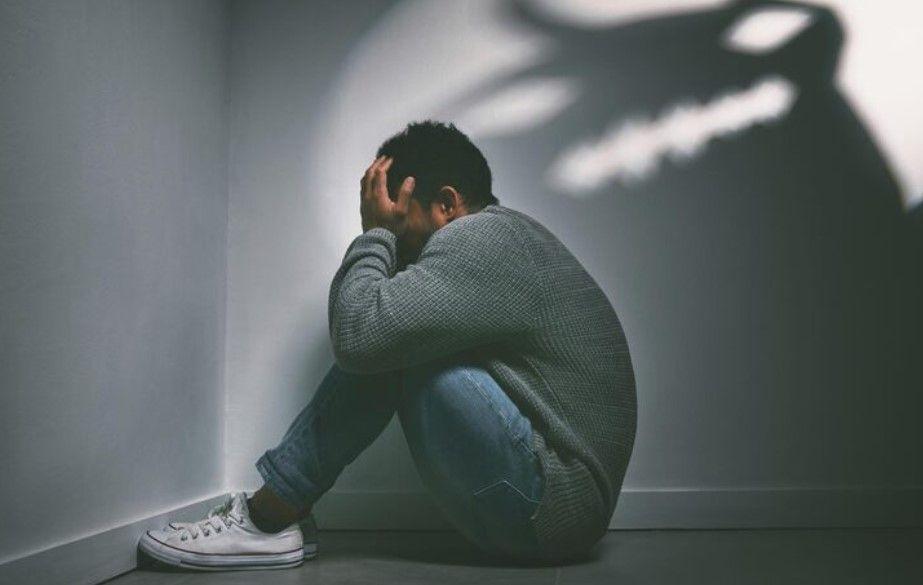Anxiety in 2025: The Silent Billion
Anxiety disorders remain the most common mental health condition globally, affecting over 300 million people. Gen Z leads the charge for transparency and access, but care gaps persist. Trends include mindful tech, radical stability, and community-based interventions. Sleep optimization and digital detoxing are emerging self-care strategies.
A Global Epidemic in Plain Sight
The World Health Organization estimates that anxiety disorders affect more than 300 million people worldwide, but experts believe the real number may be far higher. In 2025, anxiety is:
- The leading mental health condition globally, often co-occurring with depression and substance use.
- Rising among youth, especially Gen Z, who face academic pressure, climate dread, and social media comparison.
- Underdiagnosed in older adults, men, and marginalized communities due to stigma and cultural silence.
Despite its prevalence, anxiety often goes untreated—either dismissed as “normal stress” or hidden due to shame.
The Science of Anxiety: What We Know Now
Advances in neuroscience and digital health have deepened our understanding of anxiety as a neurobiological and environmental condition. In 2025, we know that:
- Chronic anxiety alters the amygdala and prefrontal cortex, affecting decision-making and emotional regulation.
- Gut-brain axis research links anxiety to inflammation, diet, and microbiome health.
- Genetic and epigenetic studies reveal inherited vulnerabilities, especially in trauma-exposed populations.
This knowledge is reshaping treatment—from symptom suppression to root-cause healing.
Digital Tools, Real Relief
Technology is both a trigger and a tool. In 2025, digital therapeutics are transforming anxiety care:
- AI-powered mental health apps offer CBT-based exercises, journaling prompts, and mood tracking.
- Wearables monitor heart rate variability and prompt grounding techniques during spikes.
- Virtual therapy platforms increase access, especially in rural and underserved areas.
Still, experts warn of “wellness fatigue” and emphasize the need for human connection alongside tech.
From Coping to Capacity-Building
Anxiety management in 2025 goes beyond breathing exercises. The new frontier is resilience-building, including:
- Somatic therapies like EMDR, yoga, and trauma-informed movement
- Sleep and circadian rhythm optimization
- Community-based interventions, such as peer support groups and mental health first aid training
These approaches recognize that anxiety is not just an individual issue—it’s a collective one.
Breaking the Silence: Cultural Shifts and Advocacy
In the Philippines and across the globe, mental health advocates are challenging stigma and pushing for systemic change. Campaigns now focus on:
- Normalizing therapy and emotional check-ins in schools and workplaces
- Policy reform to integrate mental health into primary care
- Inclusive language, replacing “crazy” or “weak” with “human” and “courageous”
Anxiety is no longer a secret—it’s a shared experience, and talking about it is a radical act of healing.
The Road Ahead: From Silent to Seen
Anxiety in 2025 is not just a diagnosis—it’s a mirror reflecting our pace, priorities, and pain. But it’s also a call to slow down, reconnect, and reimagine what it means to be well. As we move from silence to solidarity, the billion voices living with anxiety are no longer alone. They are leading the way toward a more compassionate, conscious world.
CATEGORIES












